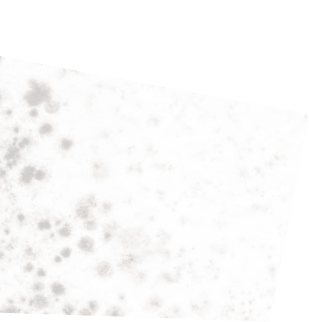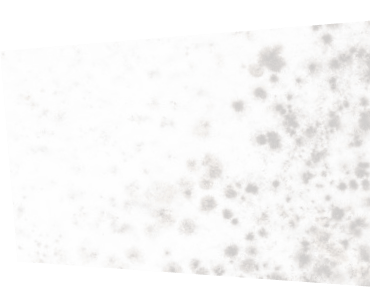Because we spend so much time indoors (much of it at home), indoor air quality and home humidity is critical for both health and comfort. Humidity is the amount of water vapour in air, and getting the right proportion between air and moisture is more important than many think.
Too much home humidity will cause moisture problems. Worse case, it could cause mildew and mold. At the same time, too little humidity in house is unpleasant, especially in the winter. High and low extremes can cause a wide range of health symptoms when humidity is not well managed.
Ideal Humidity Levels in the House
An improper level of indoor humidity (particularly high humidity) can be the cause of air quality problems – everything from airborne bacteria to the potential for mold growth. That’s why it’s so important to properly manage ideal humidity level in the house. There may be a need for better ventilation in areas like the bathroom, laundry, and kitchen. Or there may be a need to better control furnace humidifiers and even air conditioning units. Attention is required in both winter and summer.
- In winter, relative humidity levels should be between 30% and 40%. When exterior windows show a high level of condensation, it’s a sign that humidity level is too high relative to temperature.
- In summer, indoor humidity levels can comfortably reach 50% to 55%. Clearly these levels are relative to summer temperatures that can often reach 26º Celsius. Anything higher is uncomfortable.
- Ideally the best is to stay between 40% to 50%.
Important signs of high humidity in the home
In a typical home, indoor air quality and indoor humidity are quite often underestimated. In fact, healthy indoor air relies on a combination of factors – a good balance of relative humidity; fresh outdoor air rich in oxygen; and clean air that is without airborne pollutants and contaminants.
Maintaining a good balance of relative humidity will prevent such issues as dust mites, mildew, mold, and even airborne bacteria. And because of the extreme ranges of temperature in Canada, indoor humidity levels in summer and winter must be well monitored and properly controlled.
In many homes, there are times when higher-than-usual humidity levels can create problems. The signs will vary from home to home, but in general, they are noticeable – a sign for change.
- musty odours in the basement and crawl spaces
- obvious allergic reactions to airborne impurities
- detectible signs of mold growth in the washroom
- a general sense of sticky and/or muggy indoor air
- visible window condensation and water staining
- areas where wallpaper is peeling or paint blisters
Effectively preventing high levels of humidity in the home
In most cases, the signs of higher-than-usual humidity are obvious – windows are covered in condensation, air smells clammy and musty, and there’s a sense of discomfort. While there are even more obvious signs when things get out of control, the idea is to prevent it from the start.
- ensure effective and efficient ventilation (kitchen and bathroom)
- where possible, open a window to allow the air moisture to escape
- exhaust fans in various parts of the home should be vented outside
- indoor temperatures (in summer and winter) should be controlled
- with serious issues, a professional air quality test is recommended
It can be tricky to regulate humidity levels with your ventilation system, especially when the outside weather is as erratic as it is in Toronto. Using ventilation regulation and humidity prevention methods as well as knowing the the signs of high humidity can save you from the hassle of mold growth and a myriad of other problems.




